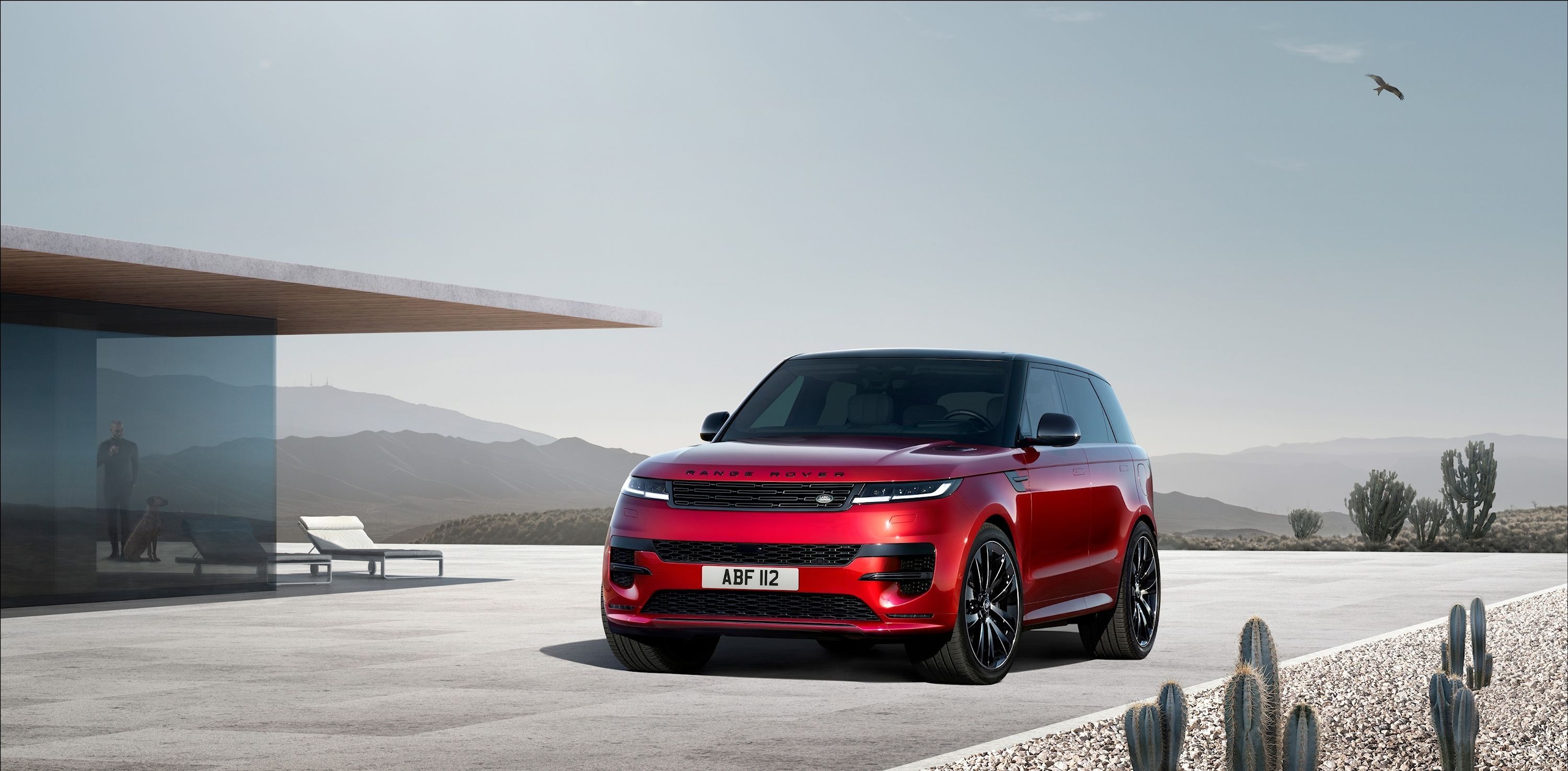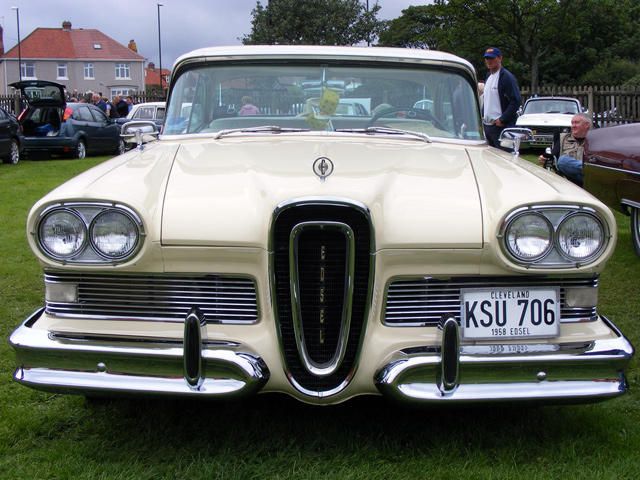
The Ford Edsel is one of the most fascinating business practice case studies of all time, and is therefore the perfect place for us to start and to define what we mean by a misstep. An automotive misstep, in the sense which we're using the word, is one which isn't necessarily bad, but which failed as a result of an automaker having misjudged the market completely. The Edsel was the completely wrong car for its time, and has since become an icon for spectacular failure.
There is a commonly held belief that the Edsel was somehow horrible, that it was shoddily built or in some way hideous. These beliefs, though not entirely groundless, fall well short of telling the whole story of why the Edsel failed. Bad marketing is also often credited as being behind the failure of Edsel, but again, this isn't quite it. The truth is that bad thinking went into pretty much every step of the process of bringing the Edsel to market. The styling of the Edsel wasn't exactly its strong point, but it also really isn't so bad. Apart from the "toilet seat" grille, there's nothing out of the ordinary about any Edsel model.
Simply put, they were American cars built in the late Fifties and that is pretty much what they look like. The grille came about as an unfortunate byproduct of committee thinking, when engineers insisted that the original streamlined design would result in overheating. That said, the design isn't so very different from the basic shape of grilles used by Alfa Romeo for decades, and nobody ever complains about those. It's very possible that a bigger deal was made of this design feature after the car had failed, when everybody was looking around for a reason why. Edsels were built in the same factories as Ford and Mercury models, and had a fair amount of shared components.
Reliability wasn't terrific by today's standards, but that could be said of pretty much any car built in the Fifties. It has been said that the shared manufacturing facilities lead to Edsel models occasionally being fitted with the wrong parts, coming from either Ford or Mercury cars, and that this lead to poor reliability. This makes a certain amount of sense, but it would stand to reason that those Ford and Mercury cars would have suffered from the same problem, thus contributing to this kind of thing being more the norm and less an Edsel-specific problem. The real problem with the Edsel was that it was confusing.
After a huge marketing campaign, Ford was never really able to define exactly what the hell it was or why you would want one. The Edsel range of vehicles more or less slotted in between the Ford and Mercury brands, but it didn't really do a very good job of this. Low-end Edsel models cost about the same as a top-end Ford, which would have been fine if there was some sort of reason for the extra cost, but it wasn't really clear what that reason was, and the fully-loaded Ford was clearly the better deal. Pricier Edsel models cost as much or more than comparable Mercury models, but didn't offer any kind of reason why you should pick one over the other.
The name was the primary thing which separated the brand, and when you get down to it, Edsel just doesn't sound as good as Mercury. The subject of the name brings up one of the most interesting parts of the history of the Edsel. The Edsel program didn't last very long, it was killed off just a little over two years after its debut, but one model managed to live on. The Edsel Comet compact was set to debut in 1960, but with the cancellation of the Edsel project in November of 1959, the Comet was hastily rebranded. It was sold at Mercury dealerships, but was officially a standalone model until it was given a Mercury badge in 1962.
The car bore definite Edsel styling cues (albeit, not the infamous grille), which is part of why its sales figures are so impressive. Ford sold more Comets in their first year of production than they had sold Edsels during their entire three-year run. The Edsel actually got off to a decent start, with 68,000 units being sold in the first year. The problem was, Ford had set their expectations for the Edsel so absurdly high that even this was considered essentially a failure. Even before the first model year was up, Edsel sales and marketing were folded into the Lincoln-Mercury division, where they were ignored and left to die.
Sales fell right off, and the car which never needed to be made in the first place died soon thereafter. The Edsel remains a perfect example of what can happen when unreasonable expectations are met with what amounted to a perfectly ordinary car. Ford had fallen victim to their own hype, and believed that their car really was somehow special and extraordinary, the buying public wasn't fooled, and the poor Edsel had to pay the price.

